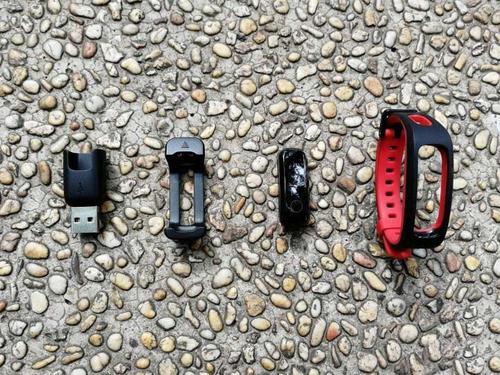Time:2025-03-25 Views:1 source:News

In the construction of Bluetooth headphones, the materials used in Pogo pins are of great significance as they directly influence the performance, durability, and reliability of the charging and connection mechanisms.
Base Materials for Pogo Pins
The plunger and barrel of Pogo pins in Bluetooth headphones typically have brass or copper as the base materials. Brass, an alloy of copper and zinc, offers good machinability and electrical conductivity. It is relatively easy to shape into the precise dimensions required for Pogo pins. Copper, on the other hand, is renowned for its excellent electrical conductivity, which is crucial for efficient power transfer during the charging process of Bluetooth headphones. For example, when the headphones are placed in the charging case, the Pogo pins need to conduct electricity smoothly from the case's power source to the internal battery of the headphones. The high electrical conductivity of copper or brass ensures that there is minimal resistance, reducing power loss and heat generation during charging.
Surface Plating Materials
To enhance the performance and lifespan of Pogo pins, a thin layer of nickel is often applied over the base material. Nickel provides a protective barrier against corrosion, which is important as the Pogo pins are frequently exposed to various environmental factors. In the case of Bluetooth headphones, they may be used in different conditions, and the nickel plating helps prevent oxidation and other forms of corrosion that could degrade the electrical connection. Additionally, manufacturers commonly apply a gold plating over the nickel layer. Gold is highly valued for its excellent corrosion resistance and low contact resistance. The low contact resistance of gold ensures a stable and reliable electrical connection. When the Pogo pins in the charging case of Bluetooth headphones make contact with the corresponding pads on the headphones, the gold - plated surface allows for a smooth flow of current, minimizing the chances of intermittent connections or signal loss.
Spring Materials
The springs within Pogo pins are usually made of copper alloys or spring steel. Copper alloys, such as phosphor bronze, offer a good combination of elasticity and electrical conductivity. The elasticity of the spring is essential as it allows the Pogo pin to maintain a consistent normal force against the mating contact. In Bluetooth headphones, when the headphones are inserted into the charging case, the spring in the Pogo pin compresses, ensuring a firm connection between the two parts. Spring steel, on the other hand, is known for its high strength and durability. Springs made of spring steel can withstand repeated compression and expansion cycles without losing their elasticity, which is crucial for the long - term performance of the Pogo pins in Bluetooth headphones. Considering that Bluetooth headphones are used and charged frequently, the springs in the Pogo pins need to be able to endure these repetitive actions over an extended period to ensure reliable charging and connection functionality.
Read recommendations: